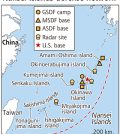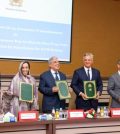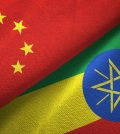- Washington “follows with interest” Morocco’s openness onto Africa (John Kerry)Posted 12 years ago
- The trial of South African Paralympic champion Oscar Pistorius opened in Pretoria on Monday.Posted 12 years ago
- USA welcomes efforts of King Mohammed VI in MaliPosted 12 years ago
- Egypt’s population reaches 94 millionPosted 12 years ago
- Mugabe celebrates his 90thPosted 12 years ago
- Moroccan Monarch to Build a Perinatal Clinic in BamakoPosted 12 years ago
- King Mohammed VI handed a donation of bovine semen for the benefit of Malian breeders.Posted 12 years ago
- Moroccan King’s strategic tour to Africa: Strengthening the will of pan African Solidarity and stimulating the south-south cooperation mechanisms over the continentPosted 13 years ago
- Senior al-Qaida leader killed in AlgeriaPosted 13 years ago
- Libya: The trial of former Prime Minister al-Baghdadi AliPosted 13 years ago
-
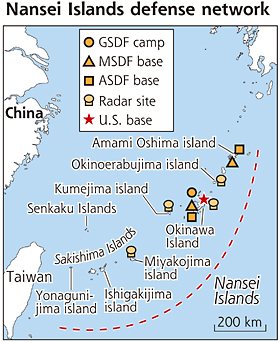
Japan to Consider New Measures to Reinforce Defense of Okinawa’s Nansei Islands
Japan’s government and ruling parties are preparing to consider concrete measures to further strengthen the defense...
-
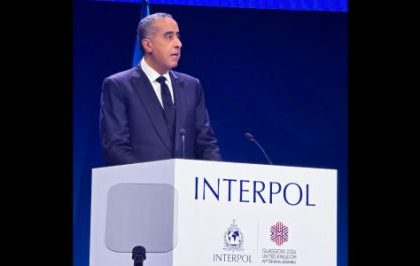
Global Security Cooperation at the heart of the 93rd Interpol GA in Marrakech
Morocco reaffirmed its commitment to international security cooperation as Abdellatif Hammouchi, Director General of National Security...
-
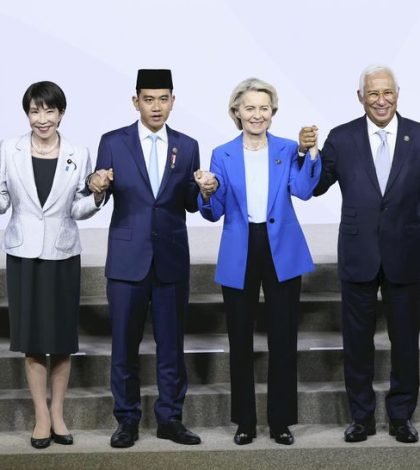
Japan’s PM Takaichi Meets Key World Leaders at G20 Debut in Johannesburg
Japanese Prime Minister Sanae Takaichi made a dynamic diplomatic debut at the G20 Summit in Johannesburg,...
-
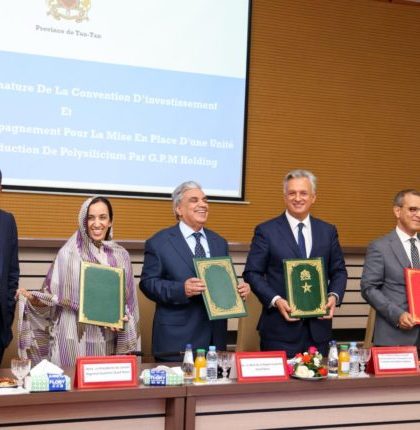
Morocco Signs $800 Million Deal to Build First Polysilicon Plant in Tan-Tan
Morocco has signed an $800 million investment agreement to establish a large-scale polysilicon production plant in...
-
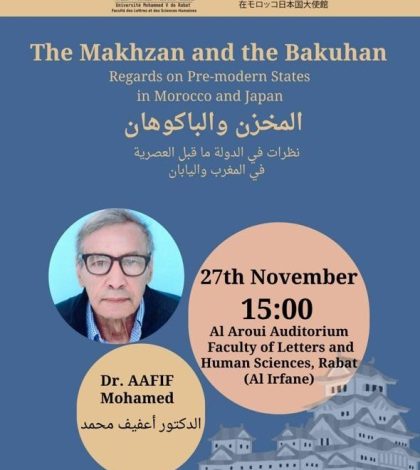
The Makhzan and the Bakuhan: Perspectives on Pre-modern States in Morocco and Japan
The Embassy of Japan and the Faculty of Letters and Human Sciences at the University Mohammed...
-
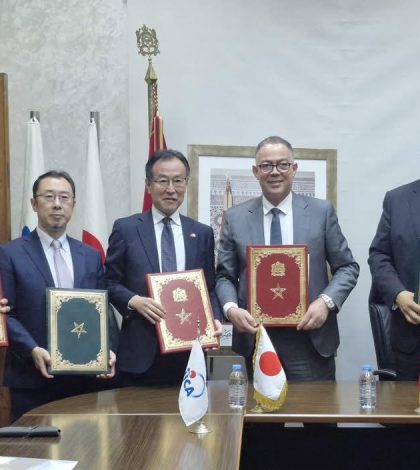
New Japan-Morocco Agreement Targets Climate-Resilient Agriculture in the Gharb Plain
On Thursday, November 20, in Rabat, His Excellency Mr. NAKATA Masahiro, Ambassador of Japan, and His...
-
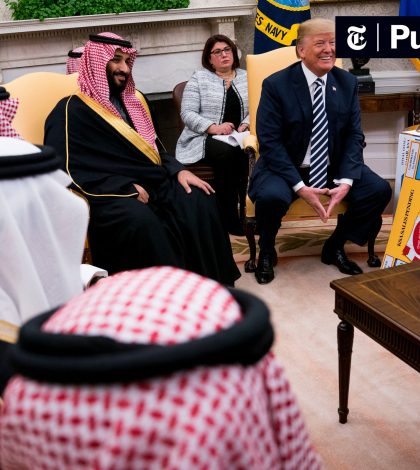
Trump’s Sudden Pivot to Sudan and the Return of Gulf Rivalries to the White House
President Donald Trump’s declaration that he will “put greater attention” on ending Sudan’s civil war marks...
-
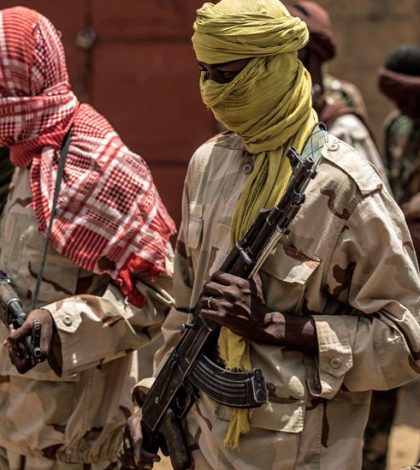
Mali Faces Mounting Pressure as JNIM Expands Operations and Fuel Blockades Deepen Crisis
Mali is confronting a deepening security and economic crisis as Jama’at Nusrat ul-Islam wa al-Muslimin (JNIM),...
-
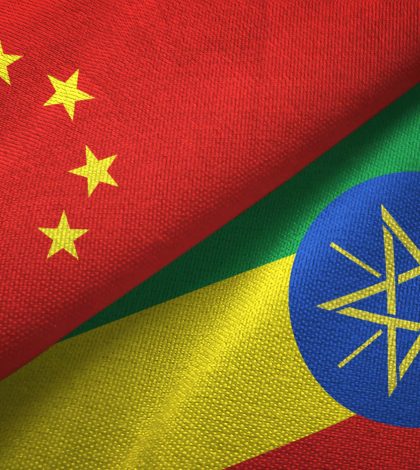
China Deepens Global Partnerships With Ethiopia and Russia, Signaling a Shift Toward Multipolar Cooperation
Two recent developments – Ethiopia’s elevation to All-Weather Strategic Partner with China and the ratification of...
-
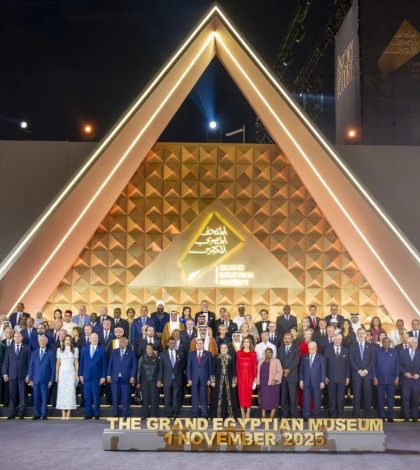
Japan-Supported Grand Egyptian Museum Officially Opens Near Giza Pyramids
The Grand Egyptian Museum (GEM), one of the world’s largest and most anticipated cultural institutions, has...
Latest
-
Japan to Consider New Measures to Reinforce Defense of Okinawa’s Nansei Islands
Japan’s government and ruling parties are preparing to consider concrete measures to further strengthen...
- Posted 4 weeks ago
- 0
-
Global Security Cooperation at the heart of the 93rd Interpol GA in Marrakech
Morocco reaffirmed its commitment to international security cooperation as Abdellatif Hammouchi, Director General of...
- Posted 4 weeks ago
- 0
-
Japan’s PM Takaichi Meets Key World Leaders at G20 Debut in Johannesburg
Japanese Prime Minister Sanae Takaichi made a dynamic diplomatic debut at the G20 Summit...
- Posted 4 weeks ago
- 0
-
Morocco Signs $800 Million Deal to Build First Polysilicon Plant in Tan-Tan
Morocco has signed an $800 million investment agreement to establish a large-scale polysilicon production...
- Posted 4 weeks ago
- 0
-
The Makhzan and the Bakuhan: Perspectives on Pre-modern States in Morocco and Japan
The Embassy of Japan and the Faculty of Letters and Human Sciences at the...
- Posted 4 weeks ago
- 0
-
New Japan-Morocco Agreement Targets Climate-Resilient Agriculture in the Gharb Plain
On Thursday, November 20, in Rabat, His Excellency Mr. NAKATA Masahiro, Ambassador of Japan,...
- Posted 4 weeks ago
- 0
-
Trump’s Sudden Pivot to Sudan and the Return of Gulf Rivalries to the White House
President Donald Trump’s declaration that he will “put greater attention” on ending Sudan’s civil...
- Posted 1 month ago
- 0
-
Mali Faces Mounting Pressure as JNIM Expands Operations and Fuel Blockades Deepen Crisis
Mali is confronting a deepening security and economic crisis as Jama’at Nusrat ul-Islam wa...
- Posted 2 months ago
- 0
-
China Deepens Global Partnerships With Ethiopia and Russia, Signaling a Shift Toward Multipolar Cooperation
Two recent developments – Ethiopia’s elevation to All-Weather Strategic Partner with China and the...
- Posted 2 months ago
- 0
-
Japan-Supported Grand Egyptian Museum Officially Opens Near Giza Pyramids
The Grand Egyptian Museum (GEM), one of the world’s largest and most anticipated cultural...
- Posted 2 months ago
- 0
African Bulletin Watch
-
Japan to Consider New Measures to Reinforce Defense of Okinawa’s Nansei Islands
Japan’s government and ruling parties are preparing to consider concrete...
- Posted 4 weeks ago
- 0
-
Global Security Cooperation at the heart of the 93rd Interpol GA in Marrakech
Morocco reaffirmed its commitment to international security cooperation as Abdellatif...
- Posted 4 weeks ago
- 0
-
Japan’s PM Takaichi Meets Key World Leaders at G20 Debut in Johannesburg
Japanese Prime Minister Sanae Takaichi made a dynamic diplomatic debut...
- Posted 4 weeks ago
- 0
-
The Makhzan and the Bakuhan: Perspectives on Pre-modern States in Morocco and Japan
The Embassy of Japan and the Faculty of Letters and...
- Posted 4 weeks ago
- 0
-
New Japan-Morocco Agreement Targets Climate-Resilient Agriculture in the Gharb Plain
On Thursday, November 20, in Rabat, His Excellency Mr. NAKATA...
- Posted 4 weeks ago
- 0
Special Issues
-
The Strategic shift in Afro-Asian cooperation in a reconfiguring global order
ELM.REZRAZI: The Strategic shift in Afro-Asian in a reconfigurating global...
- Posted 3 months ago
- 0
-
Conflict in Sudan Destroys Farms and Leaves Millions Facing Hunger
More than two years of conflict have devastated Sudan’s agriculture,...
- Posted 3 months ago
- 0
-
Humanitarian Convoy Attacked in Volatile Eastern DR Congo
A humanitarian convoy was attacked in the war-ravaged eastern DR...
- Posted 1 year ago
- 0
-
Nigeria weekend suicide bomb attack toll climbs to 32
The death toll from multiple suicide bombings in the northeastern...
- Posted 1 year ago
- 0
-
Morocco and Germany Announce Strategic Energy Alliance
Morocco and Germany have agreed on an “energy alliance” that...
- Posted 1 year ago
- 0
Reviews
-
The 2023 Global Terrorism Index: Africa Remains at High Risk
This is the tenth edition of the Global Terrorism Index...
- Posted 2 years ago
- 0
-
Hubert Seilan Explores ‘Profound, Historical Moroccanness’ of Western Sahara
“Moroccan Sahara: Space and Time,” a new book by French...
- Posted 6 years ago
- 0
-
Terrorist groups turn their attention to West Africa
The epicenter of jihadism in Africa has long been the...
- Posted 7 years ago
- 0
-
Cote d’Ivoire: Around 1,000 soldiers to retire by end of the year
991 soldiers have agreed voluntarily to retire end this month...
- Posted 8 years ago
- 0
-
Japan to Consider New Measures to Reinforce Defense of Okinawa’s Nansei Islands
Japan’s government and ruling parties are preparing to consider...
- Posted 4 weeks ago
- 0
-
Global Security Cooperation at the heart of the 93rd Interpol GA in Marrakech
Morocco reaffirmed its commitment to international security cooperation as...
- Posted 4 weeks ago
- 0
-
Japan’s PM Takaichi Meets Key World Leaders at G20 Debut in Johannesburg
Japanese Prime Minister Sanae Takaichi made a dynamic diplomatic...
- Posted 4 weeks ago
- 0
-
Morocco Signs $800 Million Deal to Build First Polysilicon Plant in Tan-Tan
Morocco has signed an $800 million investment agreement to...
- Posted 4 weeks ago
- 0
-
Japan to Consider New Measures to Reinforce Defense of Okinawa’s Nansei Islands
Japan’s government and ruling parties are preparing to consider...
- Posted 4 weeks ago
- 0
-
China’s Diplomacy in Africa
China’s Diplomacy in Africa Dr. He Wenping (Professor, Director...
- Posted 16 years ago
- 0
-
Tomorrow…………..Africa
Mr. Alioune Gueye Chairman and C.EO. of Afrique Challenge...
- Posted 16 years ago
- 0
-
Policy paper
-
Les « Générations Z et Alpha » face à la ruse psychopolitique : vers une fracture intergénérationnelle ?
By REZRAZI EL MOSTAFA : This article examines the rise of an...

